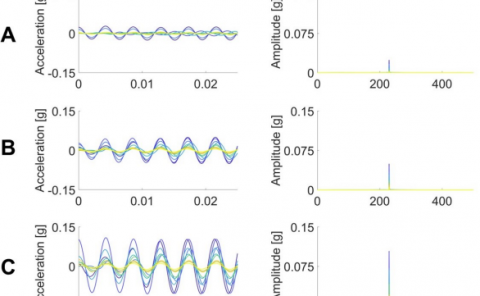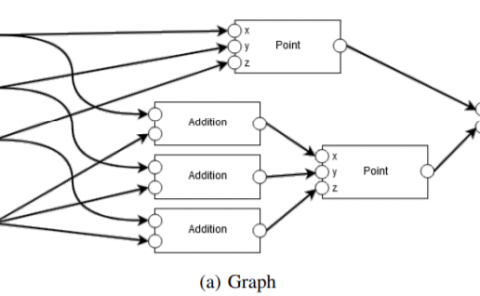Wireless Multiplayer Interactive Virtual Reality Game Systems with Edge Computing: Modeling and Optimization
PubDate: June 2022
Teams: Shanghai Jiao Tong University
Writers: Zhiyong Chen; Haoyu Zhu; Li Song; Dazhi He; Bin Xia

Abstract
Wireless multiplayer interactive virtual reality (VR) game has the high computing workload of VR and unpredictable interaction among players, which brings severe challenges to the design of wireless communication systems. In this paper, we propose a wireless multiplayer interactive VR game transmission framework based on mobile edge computing (MEC) that is able to model the interaction among players and compute the post-processing procedures at the MEC server or the mobile VR device. In the framework, the absolute delay of each player is used to avoid VR vertigo and the inter-player delay among players is used to model the fairness of the interactive game. Aiming to minimize the average inter-player delay, we optimize the computing resource allocation of the MEC server, the wireless bandwidth allocation and the post-processing decision policy subject to the constraints of the absolute delay requirements, the local energy limits of players, the total bandwidth limit and the computing resources limit. To tackle the non-convex problem efficiently, we design an iterative algorithm based on the NESTT-G algorithm which iteratively optimizes the truncated first-order Taylor approximation of the objective. Numerical results demonstrate the proposed algorithm can reduce the average inter-player delay significantly with lower complexity, and also reveal the impact of different parameters and the channel state conditions on the post-processing decision and edge resource allocation.



